Have you ever strolled along the sandy shores of a beach, only to spot a curious creature scuttling sideways across the sand, tucked safely inside a seashell? Chances are, you’ve just witnessed the intriguing world of hermit crabs. These tiny crustaceans, often overlooked in favor of their flashier beach-dwelling counterparts, have a secret life intricately intertwined with the availability of seashells. In this blog post, we will dive into the fascinating realm of hermit crabs, exploring why they depend on seashells and uncovering some astonishing facts about these enigmatic creatures.
1. The Hermit Crab’s Shell Swap: A Survival Strategy
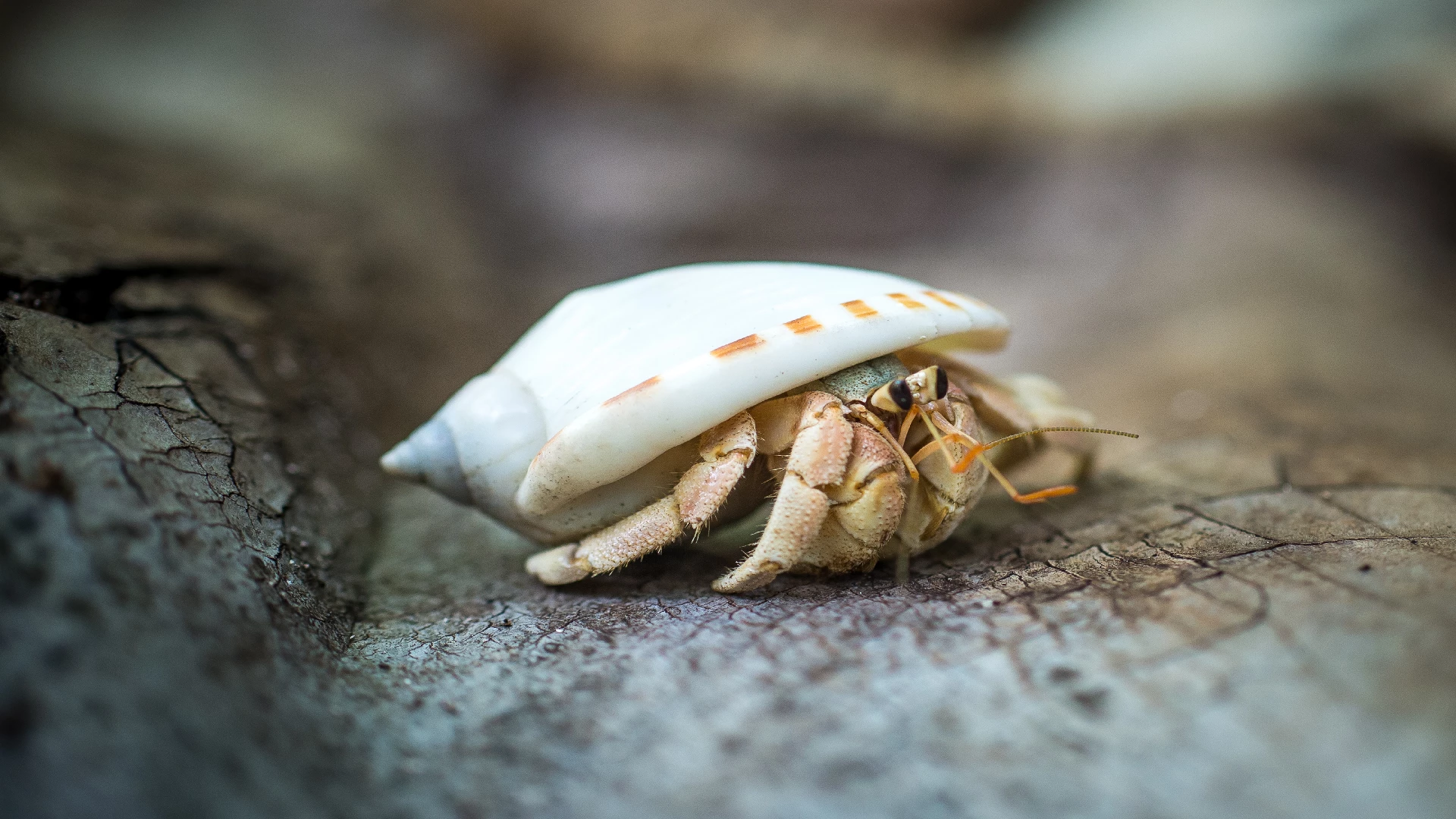 Imagine having to change your home every few months or when you outgrow it. For hermit crabs, this is not a mere fantasy; it’s a matter of life and death. Hermit crabs are not born with their own protective shells; instead, they rely on scavenged seashells to provide them with shelter.
Imagine having to change your home every few months or when you outgrow it. For hermit crabs, this is not a mere fantasy; it’s a matter of life and death. Hermit crabs are not born with their own protective shells; instead, they rely on scavenged seashells to provide them with shelter.
2. A Unique Housing Market
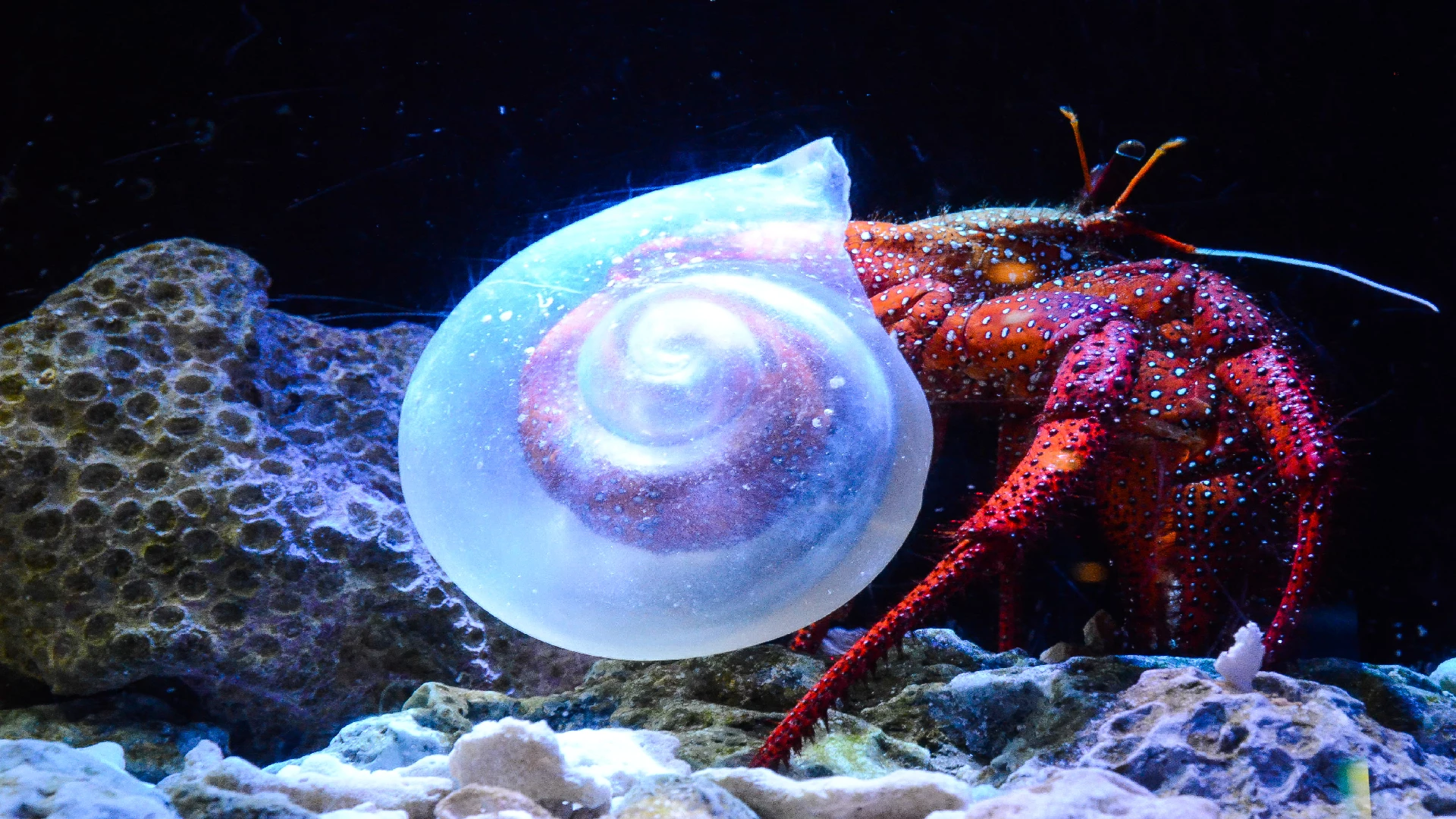 The world of hermit crabs is akin to a bustling real estate market. When a hermit crab decides it’s time for a new shell, it scours the beach, looking for an unoccupied, appropriately-sized shell. Transitioning to a new home can be risky, as the crab is vulnerable without the protection of its shell. However, the desire for a better-fitting or more protective shell often outweighs the risks.
The world of hermit crabs is akin to a bustling real estate market. When a hermit crab decides it’s time for a new shell, it scours the beach, looking for an unoccupied, appropriately-sized shell. Transitioning to a new home can be risky, as the crab is vulnerable without the protection of its shell. However, the desire for a better-fitting or more protective shell often outweighs the risks.
3. Finding the Perfect Fit
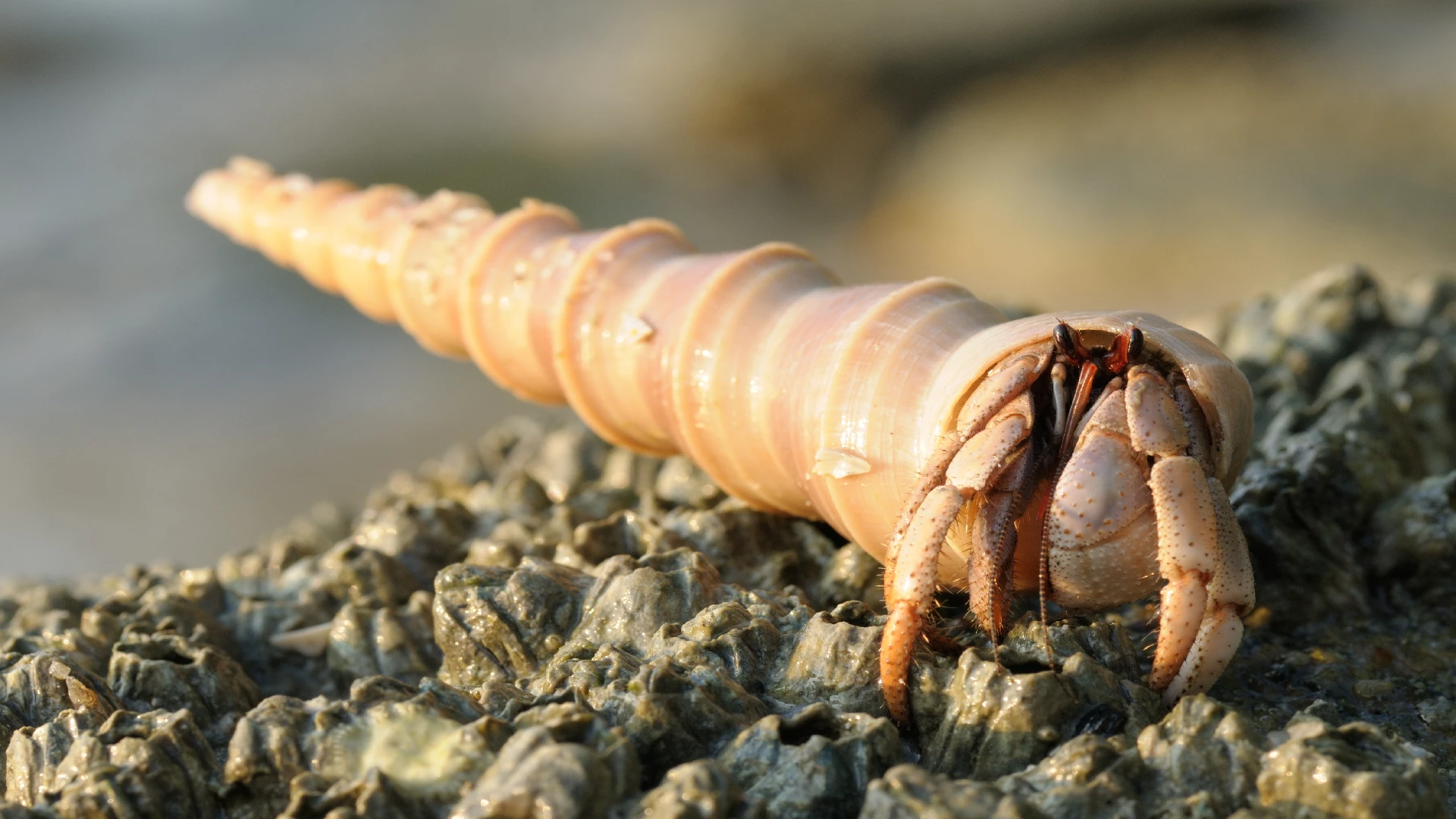 Hermit crabs are surprisingly choosy when it comes to selecting their new shells. They opt for shells that not only fit snugly but also provide optimal protection against predators. This careful selection process is essential for their survival.
Hermit crabs are surprisingly choosy when it comes to selecting their new shells. They opt for shells that not only fit snugly but also provide optimal protection against predators. This careful selection process is essential for their survival.
4. Shell Snatching: A Competitive Endeavor
 As hermit crabs grow, they must frequently trade up to larger shells. This need for larger homes creates fierce competition among these little creatures. Imagine hundreds of crabs scuttling about, inspecting shells and sizing each other up. When a hermit crab finds a vacant, suitable shell, it often faces stiff competition from other crabs eager to upgrade their homes as well.
As hermit crabs grow, they must frequently trade up to larger shells. This need for larger homes creates fierce competition among these little creatures. Imagine hundreds of crabs scuttling about, inspecting shells and sizing each other up. When a hermit crab finds a vacant, suitable shell, it often faces stiff competition from other crabs eager to upgrade their homes as well.
5. Predators and the Power of Seashells
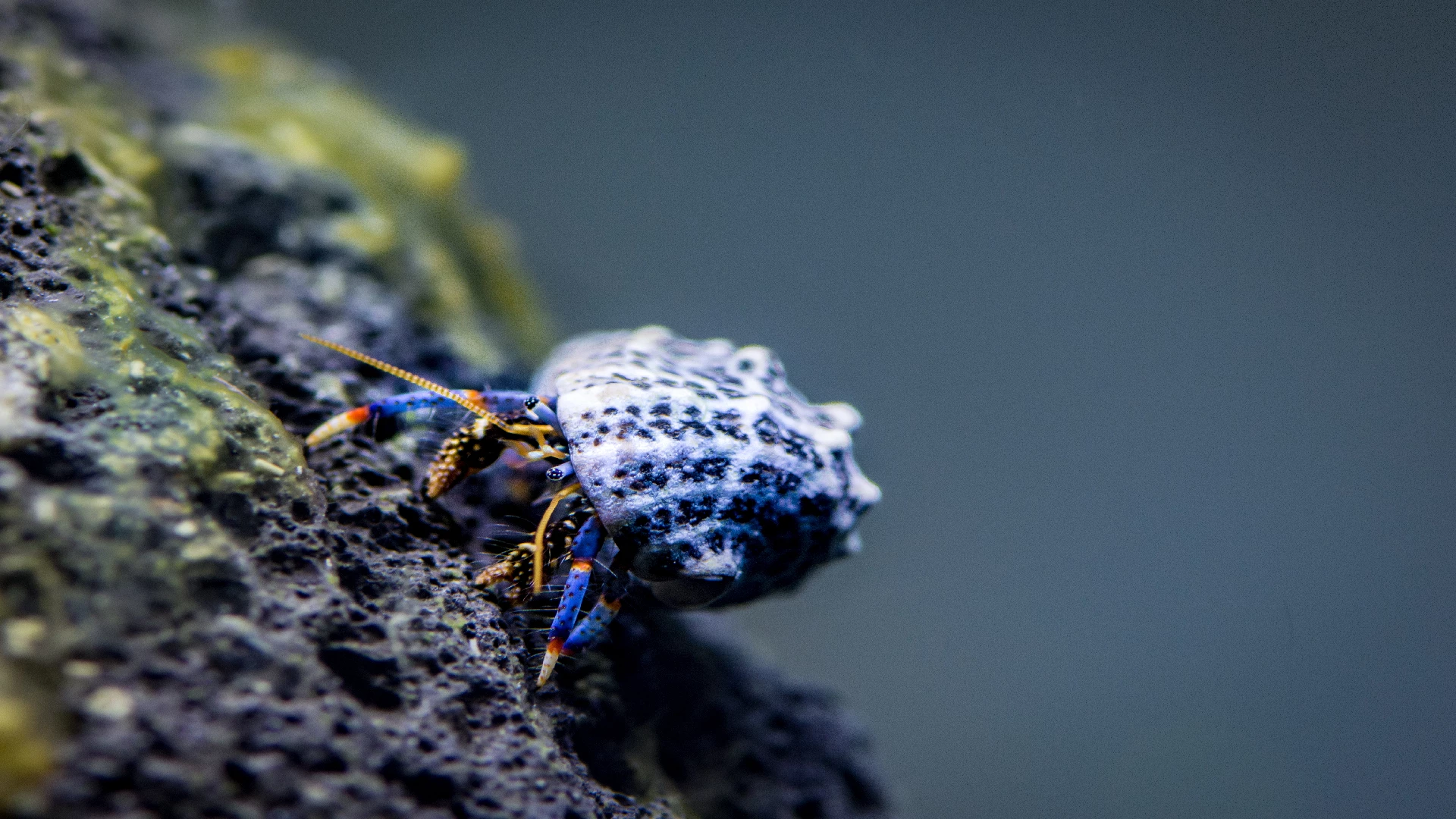 One might wonder why hermit crabs don’t simply develop their own protective shells, like their distant cousins, the true crabs. The answer lies in the peculiar vulnerability of their soft abdomens. Hermit crabs have evolved to depend on seashells as a defense mechanism against predators. The hard, calcium-rich shell acts as a formidable shield, shielding them from the jaws of hungry beachcombers.
One might wonder why hermit crabs don’t simply develop their own protective shells, like their distant cousins, the true crabs. The answer lies in the peculiar vulnerability of their soft abdomens. Hermit crabs have evolved to depend on seashells as a defense mechanism against predators. The hard, calcium-rich shell acts as a formidable shield, shielding them from the jaws of hungry beachcombers.
6. Shell Recycling
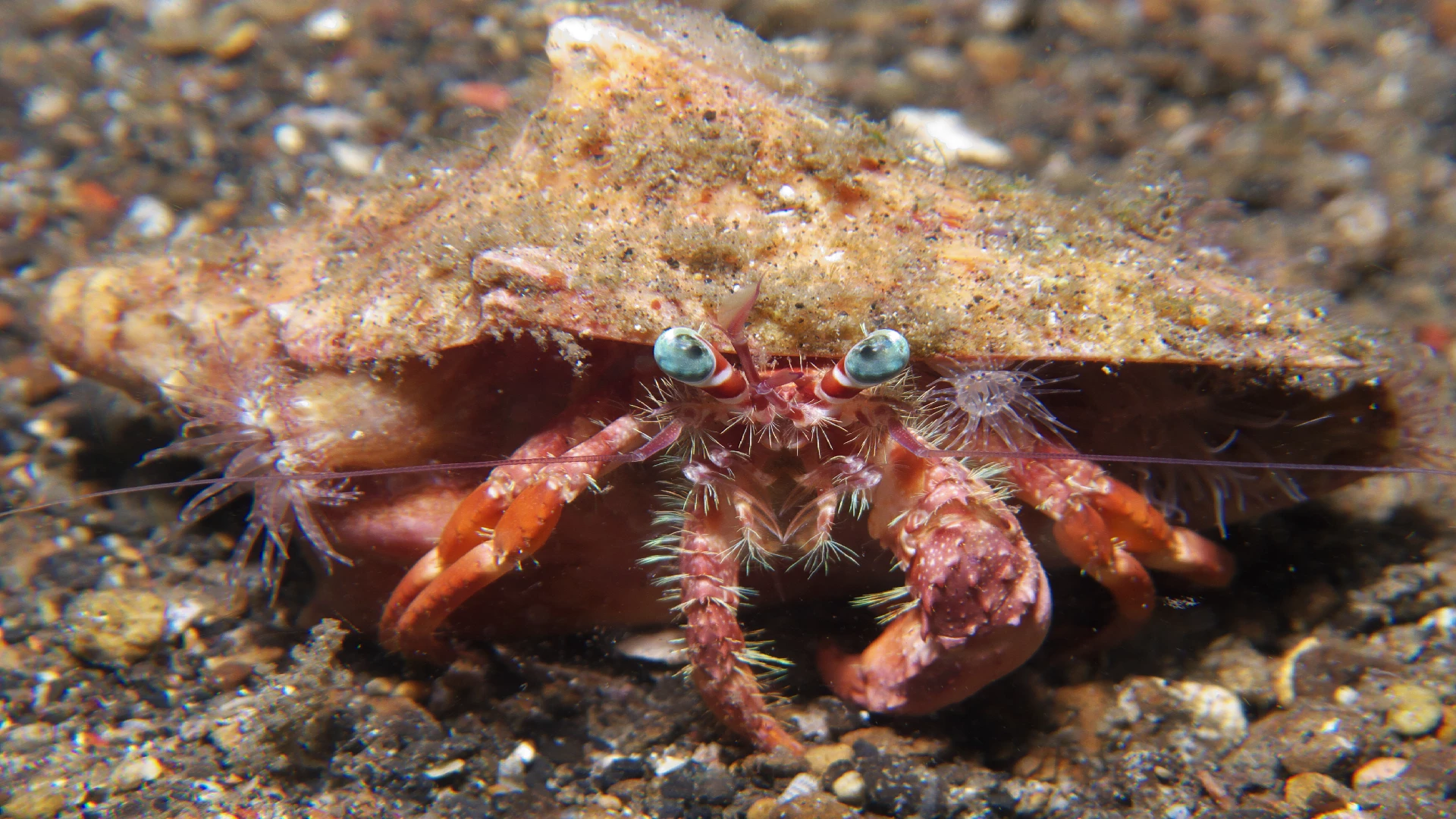 Hermit crabs are not wasteful creatures. When they abandon an old shell for a new one, they often leave it behind for a smaller crab in need. This act of shell recycling ensures that these valuable shelters are put to good use, benefiting the entire hermit crab community.
Hermit crabs are not wasteful creatures. When they abandon an old shell for a new one, they often leave it behind for a smaller crab in need. This act of shell recycling ensures that these valuable shelters are put to good use, benefiting the entire hermit crab community.
7. Seashell Diversity Matters
 It’s not just any seashell that will do for a hermit crab. They have specific preferences for certain types of shells. For instance, the strikingly patterned, spiral-shaped shells of marine snails are highly sought after. This preference for particular shells highlights the importance of seashell diversity in the habitats where hermit crabs thrive.
It’s not just any seashell that will do for a hermit crab. They have specific preferences for certain types of shells. For instance, the strikingly patterned, spiral-shaped shells of marine snails are highly sought after. This preference for particular shells highlights the importance of seashell diversity in the habitats where hermit crabs thrive.
8. Human Impact on Hermit Crabs
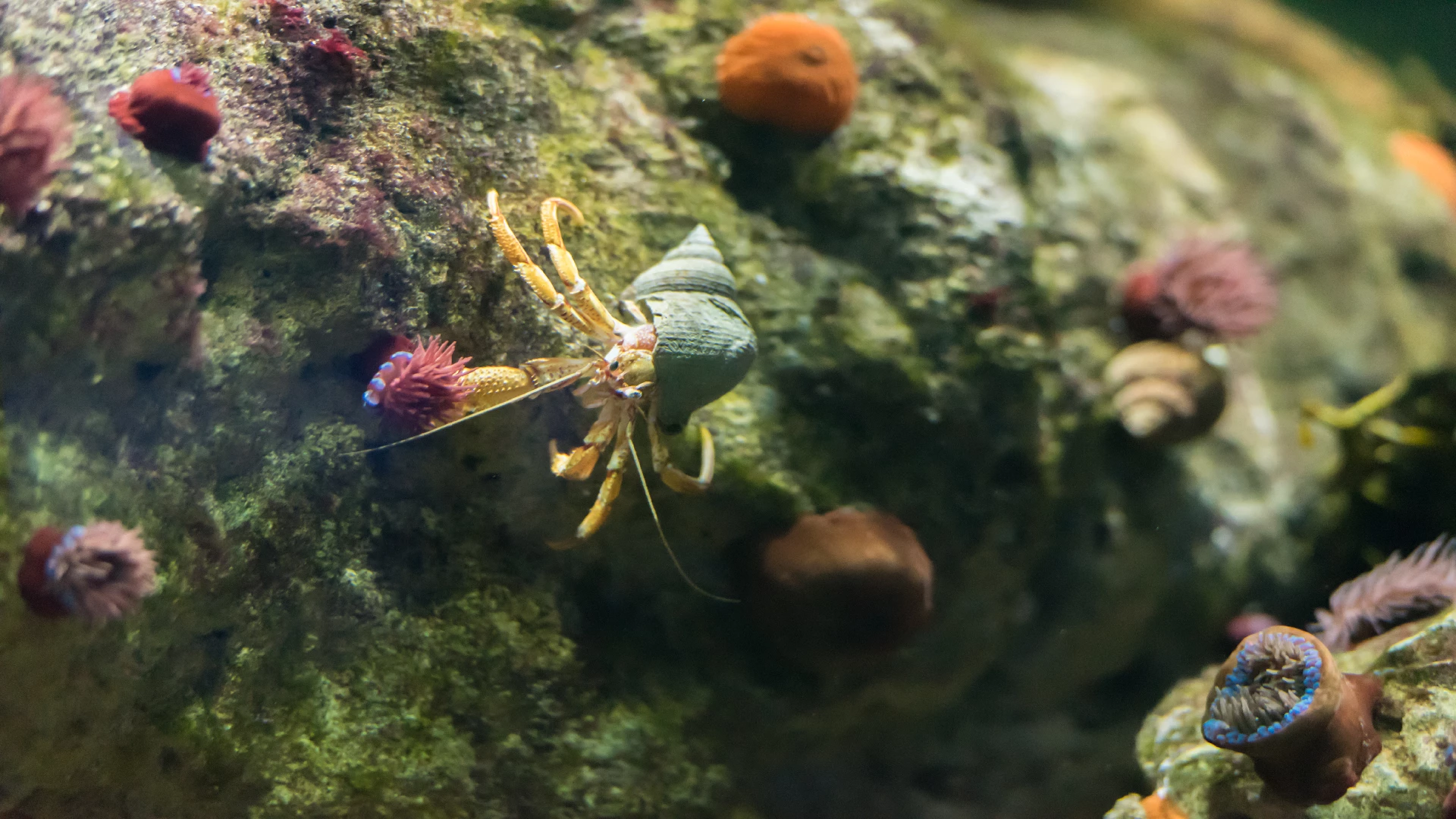 The secret lives of hermit crabs are increasingly threatened by human activity. The indiscriminate collection of seashells by beachgoers and the pollution of coastal ecosystems disrupt the availability of suitable shells. As a result, hermit crabs are forced into less-than-ideal homes or become more vulnerable to predators, ultimately jeopardizing their survival.
The secret lives of hermit crabs are increasingly threatened by human activity. The indiscriminate collection of seashells by beachgoers and the pollution of coastal ecosystems disrupt the availability of suitable shells. As a result, hermit crabs are forced into less-than-ideal homes or become more vulnerable to predators, ultimately jeopardizing their survival.
9. Conservation Efforts
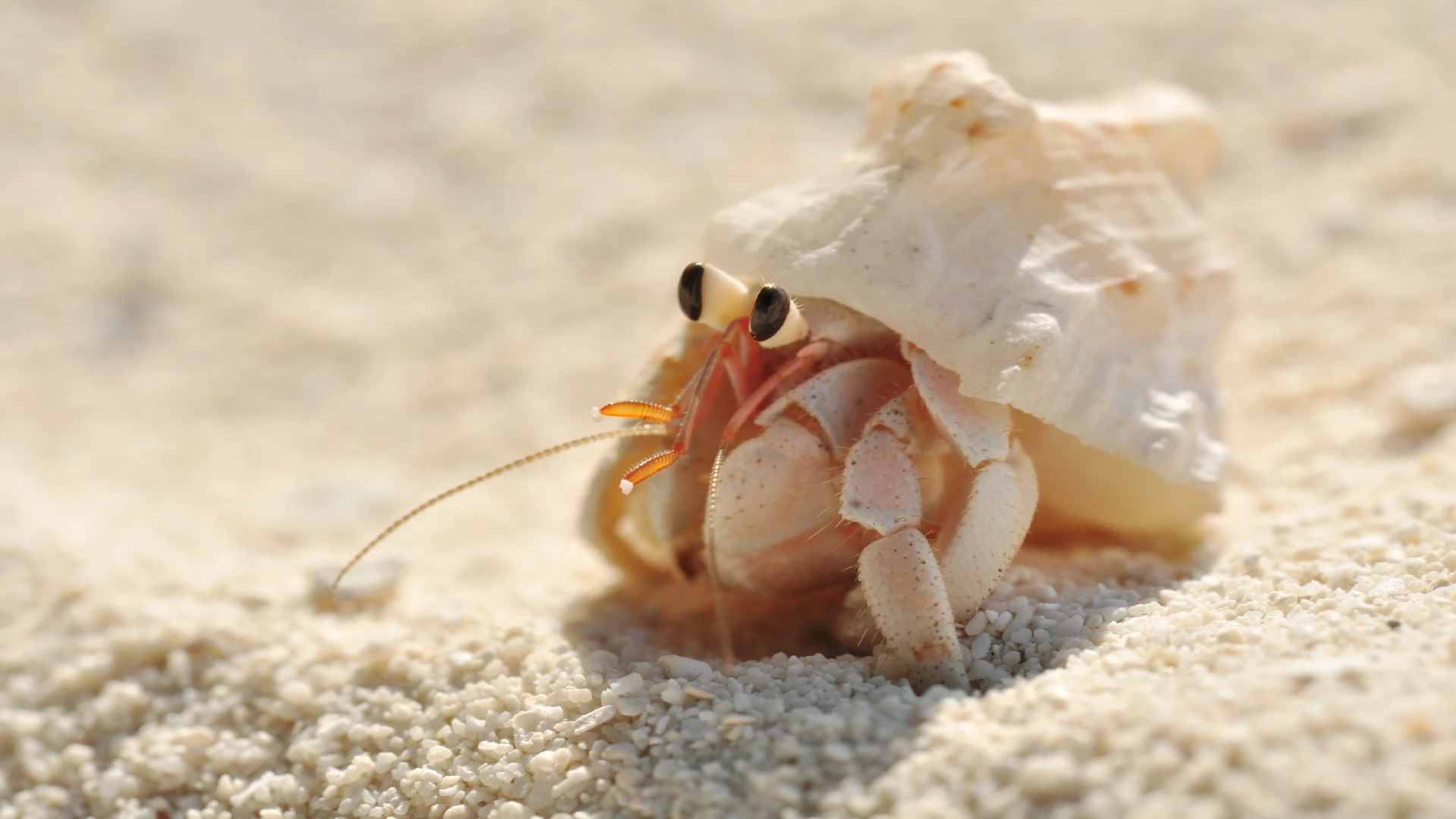 Awareness of the impact of our actions on hermit crab populations is growing. Conservationists and environmentally conscious beachgoers are working to protect these fascinating creatures. Efforts include educating the public about responsible shell collecting and supporting initiatives to preserve the natural habitats of hermit crabs.
Awareness of the impact of our actions on hermit crab populations is growing. Conservationists and environmentally conscious beachgoers are working to protect these fascinating creatures. Efforts include educating the public about responsible shell collecting and supporting initiatives to preserve the natural habitats of hermit crabs.
10. The Wonders of Adaptation
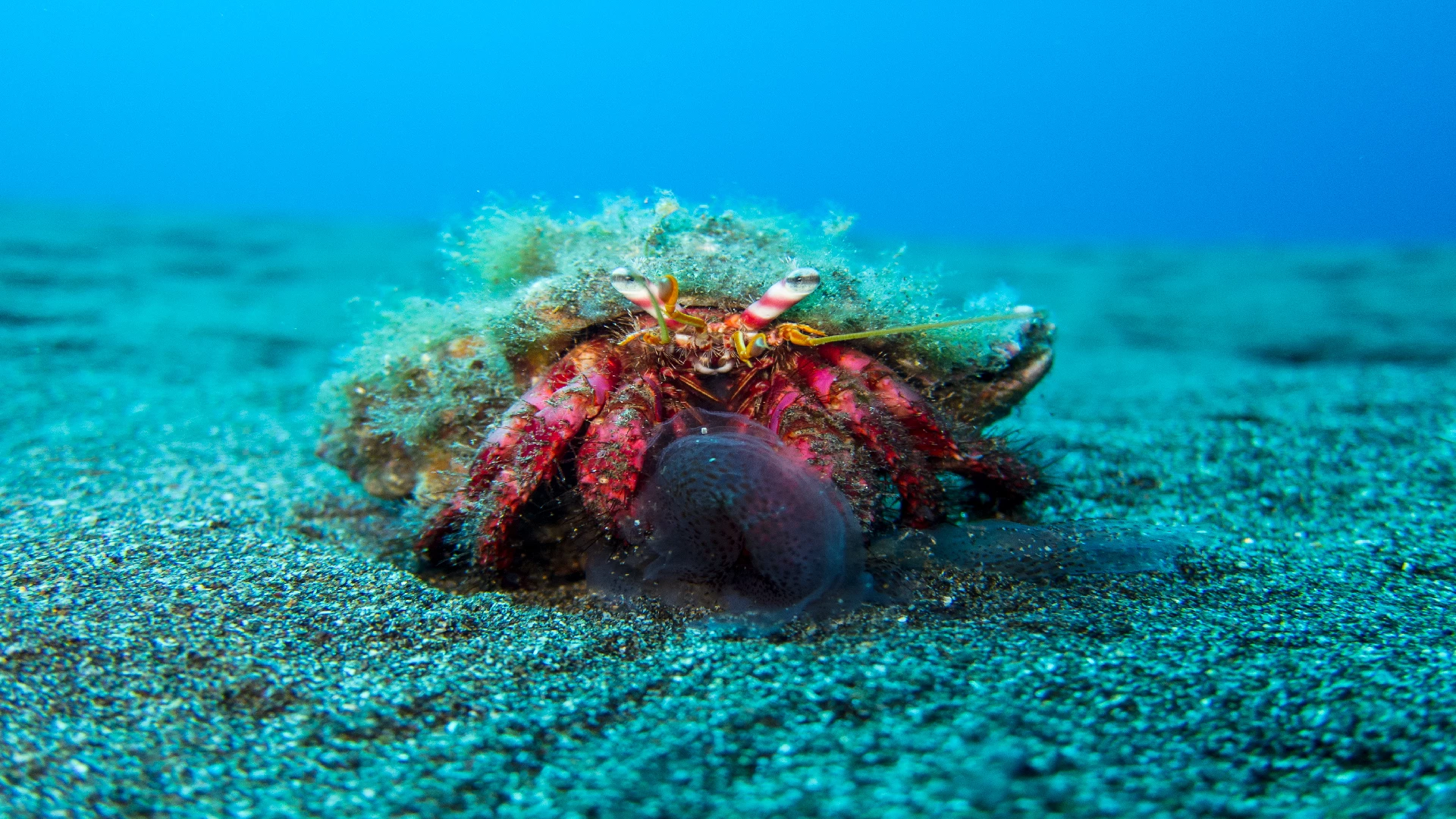 In the grand scheme of evolution, hermit crabs serve as a remarkable example of adaptation. Their dependency on seashells and their ability to utilize and switch shells to suit their needs demonstrate the extraordinary flexibility of life on Earth. They have found a unique niche in coastal ecosystems, relying on a resource that is both abundant and, with proper stewardship, sustainable.
In the grand scheme of evolution, hermit crabs serve as a remarkable example of adaptation. Their dependency on seashells and their ability to utilize and switch shells to suit their needs demonstrate the extraordinary flexibility of life on Earth. They have found a unique niche in coastal ecosystems, relying on a resource that is both abundant and, with proper stewardship, sustainable.
In conclusion, the secret lives of hermit crabs reveal a captivating story of survival, competition, and adaptation.
Their dependence on seashells isn’t just a quirk of nature; it’s a vital aspect of their existence. As we continue to explore the intricacies of our natural world, let us also remember the importance of protecting the habitats and resources that sustain these fascinating creatures. The next time you stroll along the beach and spot a hermit crab scuttling about in its borrowed seashell, take a moment to appreciate the remarkable story it carries with it – a story of resilience, resourcefulness, and the incredible bond between hermit crabs and their seashell homes.










